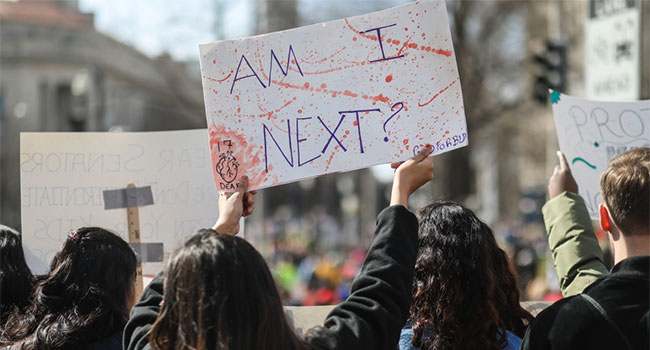
Youth Antidepressant Use Increases Significantly After School Shootings, Study Finds
Researchers found that the mental health of kids who survived school shootings, even if they did not experience the event themselves, took a significant dip even three years after the original incident.
- By Haley Samsel
- December 18, 2019
New research finds that the rate of antidepressants prescribed to children and teenagers near the site of a school shooting rose by 21 percent over the course of two years.
In the first-ever attempt to survey the mental health consequences of school shootings in the United States, researchers developed a working paper for the National Bureau for Economic Research in Cambridge, Mass. that studied the psychological issues of young shooting survivors.
To do so, the researchers measured the prescribing patterns for two years before and two years after the shooting incidents, The Los Angeles Times reported. They focused specifically on 44 school shootings that occurred between January 2008 and April 2013, which covered incidents in which no one was killed or injured and shootings in which there were casualties, which averaged about two or three people.
The researchers found that the increase in antidepressants prescribed to students in the community grew more, to almost 25 percent, three years after the shooting. This indicates that survivors’ depression and psychological problems continue to surface despite a community’s attempt to heal from the tragedy.
“School shootings represent a tiny fraction of gun deaths in America,” Stanford University health economist Maya Rossin-Slater, the paper’s lead author, told the Times. “But they are uniquely potentially traumatizing, and may have these much larger indirect costs — depression, delayed grief, kids not able to move on and be successful in their lives.”
Psychological problems extended beyond the family members or friends of people injured or killed in the shootings, the paper found. But there was no corresponding rise in antidepressant use among adults, indicating that adults were not as traumatized by the events as the children who experienced them.
Health researchers say that measuring antidepressant prescriptions does not capture the full mental health landscape of these communities, especially since just a little more than 25 percent of depressed teens and kids are medicated. But the dramatic increase does reflect a “meaningful” shift in a community’s mental health issues, they said.
“They’re really looking at the tip of the iceberg,” Columbia University psychiatrist Dr. Mark Olfson told the Times. “This isn’t the whole picture. But it really draws attention to the impact of being exposed to these shootings. These results are compelling.”
Lastly, the study suggests that the ways schools and administrators handle student suicides could be helpful to implement after a shooting, including an increase in support services available to kids.
About the Author
Haley Samsel is an Associate Content Editor for the Infrastructure Solutions Group at 1105 Media.